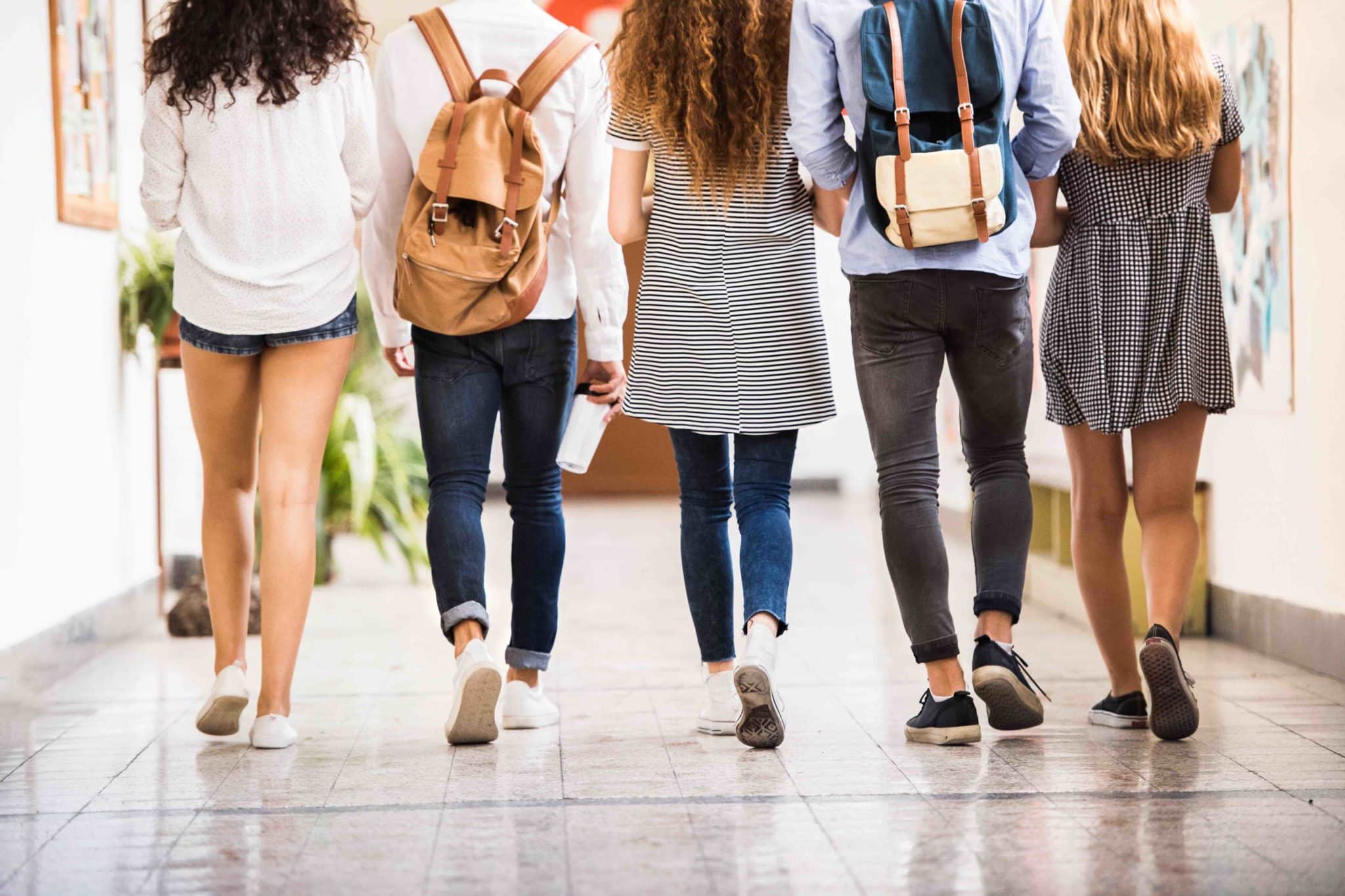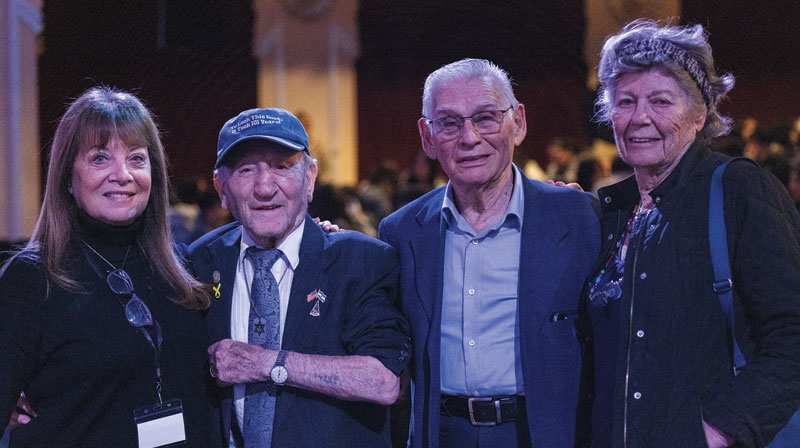
Picture this: A loved one is in the intensive care unit with COVID-19 and has been on a ventilator for days. Not only that, but you can’t even go to the hospital to visit. The worst part? Even though the rest of your family has been carefully sheltering for months, you were the asymptomatic carrier who infected your loved one after catching the coronavirus at school.
Although this a hypothetical scenario, it is realistic and concerning.
Never in a million years would I have thought so many of us teens would miss going to school. In our very recent past, many of us often counted down the days to the weekend, winter break, spring break and summer. However, these days, most of us seem to miss the normalcy of a true schedule, hanging with friends and simply going about our lives.
As much as I would love to go back to school physically, as coronavirus cases continue to rise in record numbers, reopening schools in the coming months likely will cause even more of a surge in cases where, ultimately, schools will be forced to close again.
Kids, especially teens, can spread coronavirus just like adults. Even if temperatures are taken every morning as students arrive on campus, having a fever is not a sure way to tell if someone is carrying the virus. Since kids apparently get milder cases or often are asymptomatic, it seems logical that they will be the very people who transmit the virus to their teachers, school staff, parents and grandparents.
Recently, a group of my friends got together. One of them didn’t let anyone know his older brother had the virus. His family kept it a secret and allowed him to go about his normal life. When people found out, many panicked. I, however, was worry-free because my parents had refused to let me attend the gathering. If someone in my friend’s group kept the virus in their family a secret, how could I trust that kids at school won’t be doing the same thing?
So, let’s imagine that physical school does open in the next month or two, with the thinking that wearing masks will help stop the spread. The problem with this is that it’s very unlikely students will wear masks properly — if at all. In Southern California, the first couple of months of school are too hot for students to be wearing masks all day long. This is especially true for the outdoor portions of the day, such as physical education, sports and lunch. Even if wearing a mask was comfortable, many young children are not disciplined enough to wear them properly. Unlike the younger kids, older kids might refuse to wear masks because they care about what other people think of how they look. If just one or two “cool” kids decide to not wear a mask, many will follow.
During the California wildfires when school was open, masks were handed out at our school. My parents made me take one because the air was thick with smoke, but, honestly, when I looked around and realized very few people were wearing them, I felt pretty dumb and took mine off.
While some people say that being isolated is bad for teens’ mental health, there are several solutions to maintain a teen’s positive mindset. Teens can make responsible, physically distanced plans without being exposed to hundreds of people. Teachers also can get creative and assign partner projects where kids can work together either virtually or even in person while remaining physically distant.
As much as I would love to go back to school physically, as coronavirus cases continue to rise in record numbers, reopening schools in the coming months likely will cause even more of a surge in cases where, ultimately, schools will be forced to close again.
Quite frankly, the thought of wearing masks at school, not being able to sit with friends at lunch and being yelled at for getting too close to people doesn’t seem like a mentally healthy environment to me. Not to mention the anxiety I know I will feel when someone starts coughing.
These days, we’re lucky because we have the technology for online learning. The money school districts would have to spend on campus safety, such as installing new air ventilators, physical barriers, infrared thermometers and having to constantly sanitize, would be better spent providing remote learning devices and meals to students who can’t otherwise afford them.
With virtual learning, students can devote more time to schoolwork because no time is spent commuting. This also would give teens extra time to relax. Teaching remotely will allow the teacher to focus on the lesson rather than dealing with discipline and the constant enforcement of social distancing rules.
A dual option is offered in my school district, allowing families to choose between physical or virtual school. It sounds great in theory, but it likely will end up being more expensive, and it will spread the teachers and school resources too thin.
Just like we’ve seen with gyms and stores, and with schools in Israel and even in recent days in Indiana, in the likely event schools open and then have to shut down again, it will be disruptive; everyone will have to scramble as distance learning is reinstated. Yes, there may have been kinks last semester as schools rushed to close, but by now, I would imagine most of those kinks have been worked out. It seems to me that schools should wait it out so they — and we — don’t have to keep going back and forth. Having one system only ensures students in a class are doing the same things at the same time.
Right now, our world is seeing something it has never dealt with before. I believe that stopping the spread of the coronavirus is the most important thing. None of the options are perfect, but the last thing you want is to be exposed to coronavirus, spread it to your teachers or bring it home to your parents, grandparents or other adults in your household.
So, picture this: Instead of your loved one being alone in intensive care, your biggest family emergency is someone embarrassingly barging into your room while you’re on your class Zoom call. Instead of worrying you might be unknowingly transmitting a potentially deadly disease to your friends, teachers or family, hopefully the most anxiety you would have to face is whether your Wi-Fi is working.
Virtual learning certainly is not perfect, but these are imperfect times. With a well-planned virtual school, we have the opportunity to create a productive learning environment where we can all stay safe; plan small, socially distanced get-togethers with friends to keep everyone’s mental health in check; provide for students who need equipment or food; and have teens and teachers ready to return to school — healthy and more eager than ever before — when it’s safe to do so.
Riley Jackson is a high school student in Los Angeles. She is the founder of Driving With Daisy, a charity that supports underprivileged children.





















 More news and opinions than at a Shabbat dinner, right in your inbox.
More news and opinions than at a Shabbat dinner, right in your inbox.